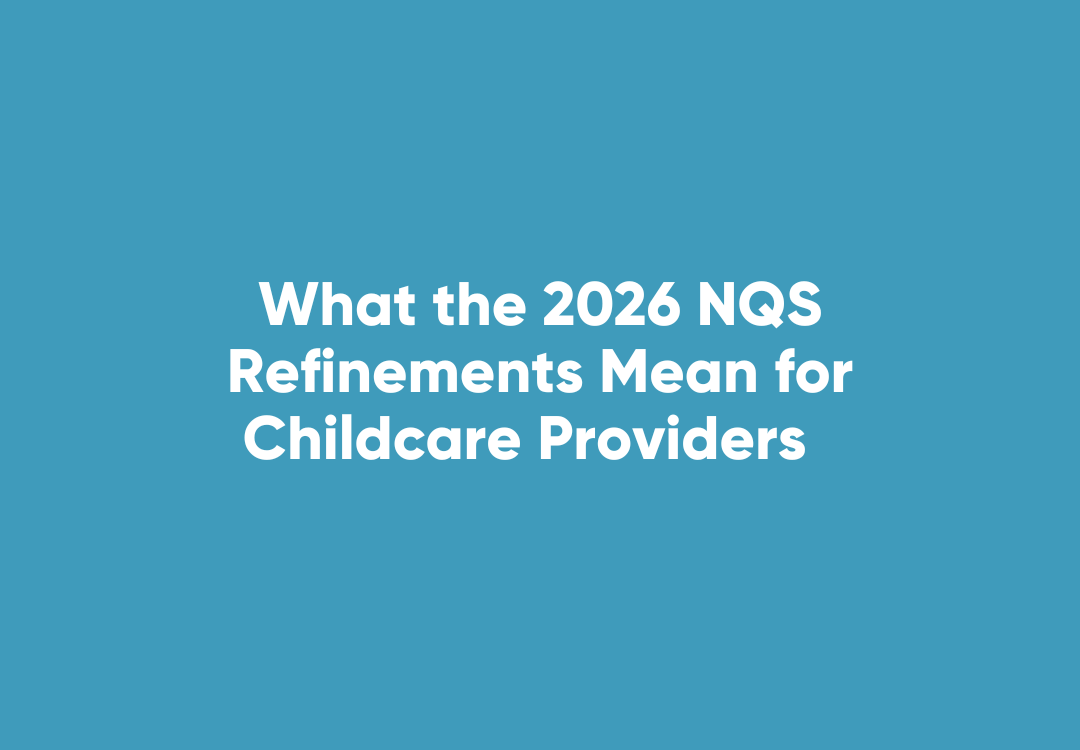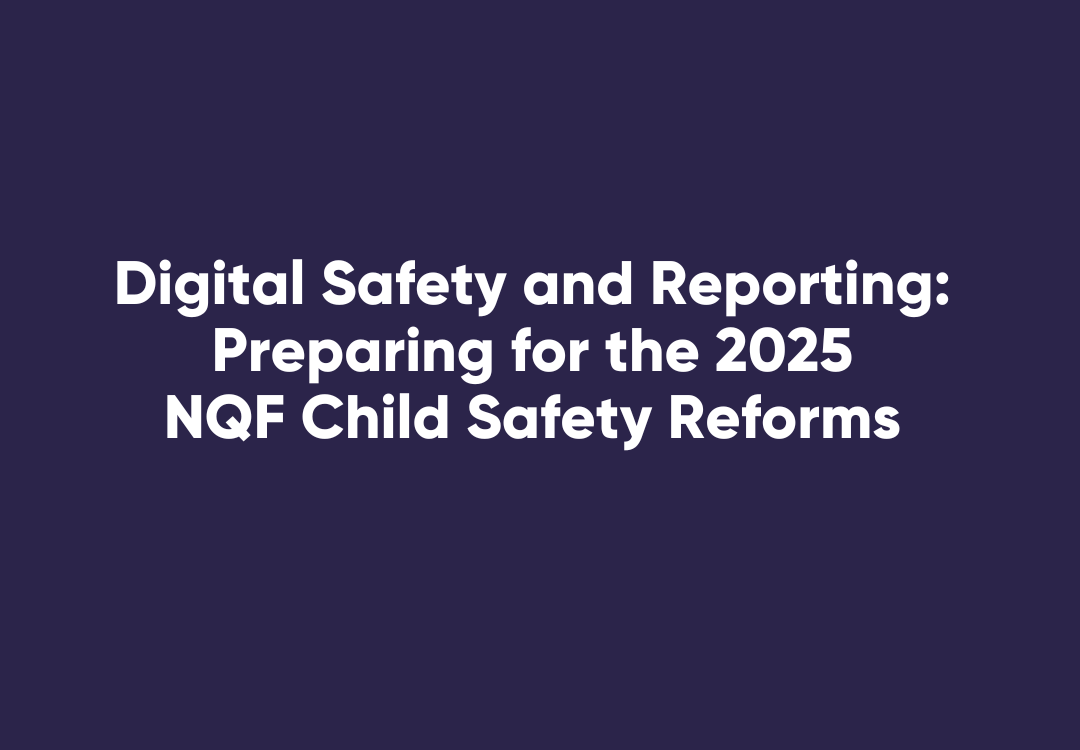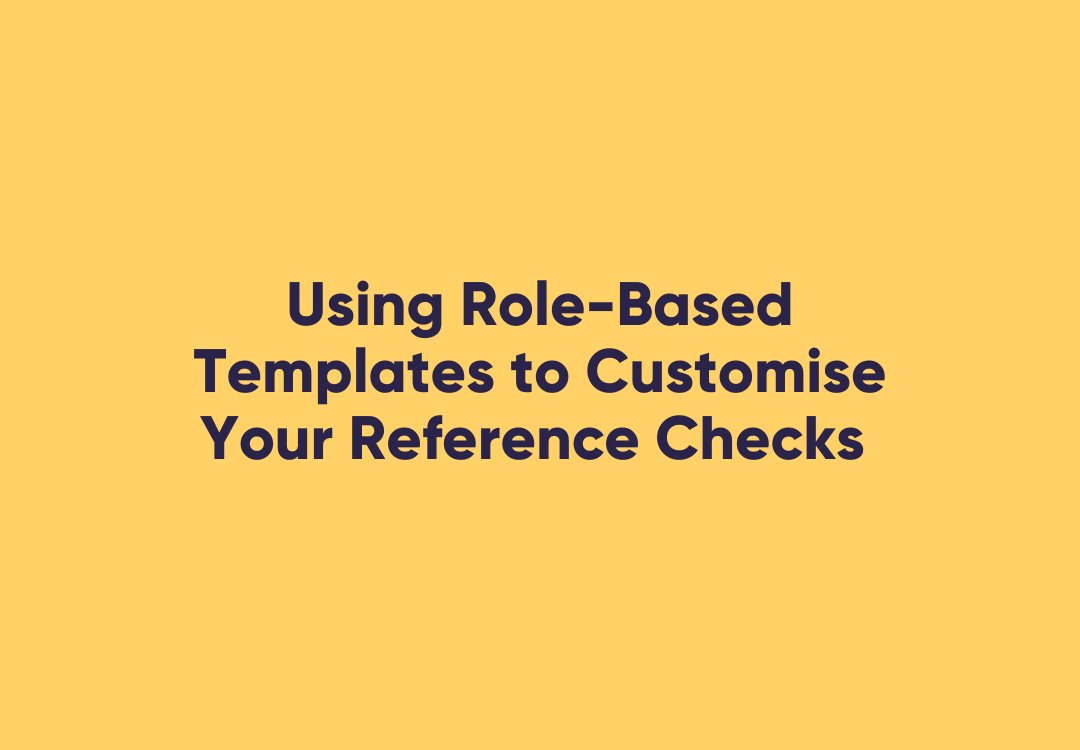Tips to Build a Harmonious Workplace
The workplace should be a place of harmony and high productivity, where everyone is working together towards a common goal.
Bringing together the various personalities in the workplace is a task that may seem daunting, but it can lead to a great work experience if done correctly.
Here at WorkPro, we’re always looking to improve our culture, and thought we’d share some of our research with you!
A lot of culture-building comes at the recruitment stage.
Whilst it’s true that there’s a role to suit every person, that’s not a reason to force a square peg into a round hole.
Your interviewing questions, and the candidate’s response to them, can go a long way to demonstrating how they will fit into your workplace.
Make sure your company values are discussed in the interview (also give real life examples of how those values are applied and gauge the response) and display the values prominently for the prospective employee to see.
You wouldn’t hire someone that doesn’t have the relevant experience for a role, so why hire someone that doesn’t have the relevant personality or share the same values?
A good work culture comes down to an environment where people aren’t afraid to be themselves, and feel a connection to the company. Netflix are a great example of a company that built a culture based not off scare tactics, but through loyalty.
This allowed Netflix to become the media giant that they are today.
All too often, companies try to force people to work, which is ultimately counter-productive.
The CEO of Netflix, Patty McCord, created a culture meant only to attract “fully formed adults”.
While we may not have a billion-dollar company, we can have a billion dollar attitude when it comes to HR.
Making sure your employees are willing to come along for the ride towards success is one of the most important business decisions you will ever make.
Another company who have a great focus on company culture are Dropbox.
Here are Dropbox’s major values, according to CEO Dan Houston:
- Have the drive to “do important things.”
- Have an obsession for achieving a high quality standard on everything — from hiring to customer service to product design.
- Break new ground; be inventive. “We want to do things better than any company ever before,” Houston said.
- Push the limits (or don’t give into complacency). “No matter how hard we’ve done something, you want to do it better,” he said.
- We, not I. “We take greater pains than most companies to ensure everyone all over the company is working really well together, including the business side of the house with the engineers and product development folks,” he said. “We overinvest in food and the office space to force people to have more serendipitous interactions. … We frown on any activity where people take credit for something. We only want you to be successful as an individual because the company is successful.”
By following these values, Dropbox has gone from just another start-up, to a tech business that is constantly innovating, even in such a competitive field.
Evernote follows a similar vein of thought.
By establishing a Head of ‘People’, Evernote is connecting people with roles that suit them, rather than trying to be impersonal.
Businesses like Evernote are the ones succeeding, because they’re not sticking to the status quo.
Instead, they’re looking at ways of incorporating people into their business better, and reaping the rewards because of it.
We found these tips and advice really helpful when it came to developing a great work culture, and we hope you do too!












